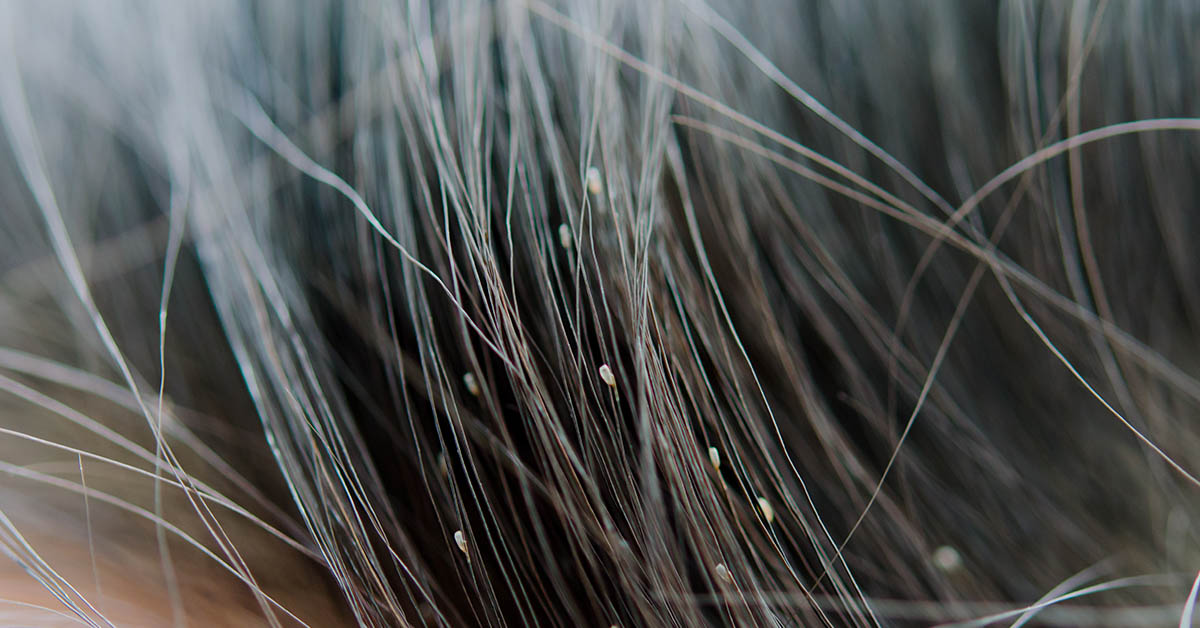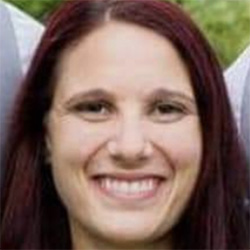Things like head lice, almost universally elicit a similar sentiment, causing the creeps, chills, or shudders. Yet children are incredibly prone to the insects. What’s more, once the little bugs have made a home on someone’s head, they’re seemingly impossible to remove. Luckily, there are some preventative measures one can take.
Explaining Head Lice
Headlice almost universally gives people the creeps, chills, or shudders. But for those who don’t know, headlice are flightless and wingless insects that live in hair and feed on blood. They’re small and hard to see, but they don’t take long to grow in number, most commonly nesting on the scalp. The egg cycle is typically 1-2 weeks, and within another few weeks, they are fully grown.
Headlice travel from contact with another person or object and often like to hide in hat or jacket fibers, couch fabrics, or pillows, as well as in hairbrushes. Although head lice are parasitic and leave behind an itchy bite, they don’t carry disease. Furthermore, contrary to popular belief, they aren’t typically a result of poor hygiene. Like ticks and mosquitoes, headlice are drawn to blood and discriminate about the source.
Signs of Head Lice
Typically, it’s not hard to tell if someone has head lice because they’ll likely have a frequently itchy scalp. On the other hand, head lice can spread so quickly and easily that it’s helpful to know all the common signs to start treatment as soon as possible.
- Head lice bites can cause an itchy scalp because, like mosquitoes, their saliva causes a type of allergic reaction. Note that this isn’t the case for everyone. Interestingly, how early the itching begins, depends on the person and their sensitivity to head lice. For example, it could take weeks to see in some kids, which certainly isn’t ideal considering how short they go from nestling in, to becoming a full-grown insect.
- A rash might accompany an itchy scalp because scratching can lead to a bacterial infection. This will likely appear in the form of swollen lymph nodes, red and swollen skin, or crusting and oozing.
- While an itchy scalp can take a few weeks to become apparent, Lice eggs, or Nits, can be spotted upon close inspection. This is best done with a fine-tooth comb on damp hair. Head lice or their eggs can look similar to dandruff but don’t shake away or brush off. The eggs can range in color from yellow to tan or brown. However, after they’ve been hatched, the eggs then appear white or clear yellow.
Life Cycle of Head Lice
Baby head lice, or nymphs, take 1-3 weeks to fully mature and hatch at around the same rate. Lice feed several times a day and can survive without a host for up to 2 days. Full-grown or adult head lice are about the size of a sesame seed and can vary in color from grayish-white to tan, also seemingly replicating the appearance of a sesame seed.
Treatment
There are a few methods for treating these gross bugs, but some things are important to note. First, never use pesticides or other harsh chemicals on your scalp, or more importantly, your child’s scalp. Although head lice are considered insects, the damage that can be caused by harsh pesticides isn’t worth the uncertain success rate. Second, head lice treatments can be dangerous in their own right, often made of flammable substances. As such, avoid a hair dryer or other hot tool during the head lice treatment process.
Treatment options include:
- Removal by Hand with a fine-tooth comb.
- Use on damp hair, detangle with a wide-tooth comb first to avoid injury.
- Comb hair into 1-inch sections, using a bright light comb through the hair with the fine tooth comb, starting at the scalp and root.
- Use a disposable cloth like a paper towel to wipe the comb after each section. Repeat twice before washing the hair again or using a medicated head lice treatment.
- Lastly, soak the comb in water a minimum temperature of 130°F, for at least 10 minutes. Furthermore, all soft surfaces like bedding, rugs, and couch cushions should be washed at the same minimum temperature.
OTC or Prescription
Another treatment option is medication, either over-the-counter shampoos and conditioners or a meeting with a doctor for prescription strength head lice remover. Some methods are safe for children ages six months and up when doctor-recommended. OTC treatments should soak into hair for a few days, allowing the medication time to work, but still combing twice daily with a lice comb. However, each product will come with its own safety list. It’s essential to carefully follow the directions as failure to do so may result in safety hazards.
Lastly, the CDC recommends using lice combs 8-12 hours after treatment has begun and every 2-3 after the treatment for a few weeks. Meanwhile, the American Academy of Dermatology emphasizes the importance of continuing with the lice comb for at least 7-9, if not longer, even if the treatment was seemingly effective.
Note that old “wive’s tales” like using mayonnaise, butter, or olive oil, might work to slow the headlice or make them inactive. However, there’s no scientific evidence to prove that these methods will kill or remove head lice. Alternatively, they may be a helpful aid along with the fine-tooth comb if you prefer to use chemical treatments as a last resort.
Read More: A Dad Went Viral For Saying Schools Should Ditch Perfect Attendance Awards
Sources
- “Prevention & Control.” CDC
- “Head Lice.” Kid’s Health
- “Are Lice Combs Effective at Catching and Removing Lice?” Healthline. Kristeen Cherney. April 18, 2023.

